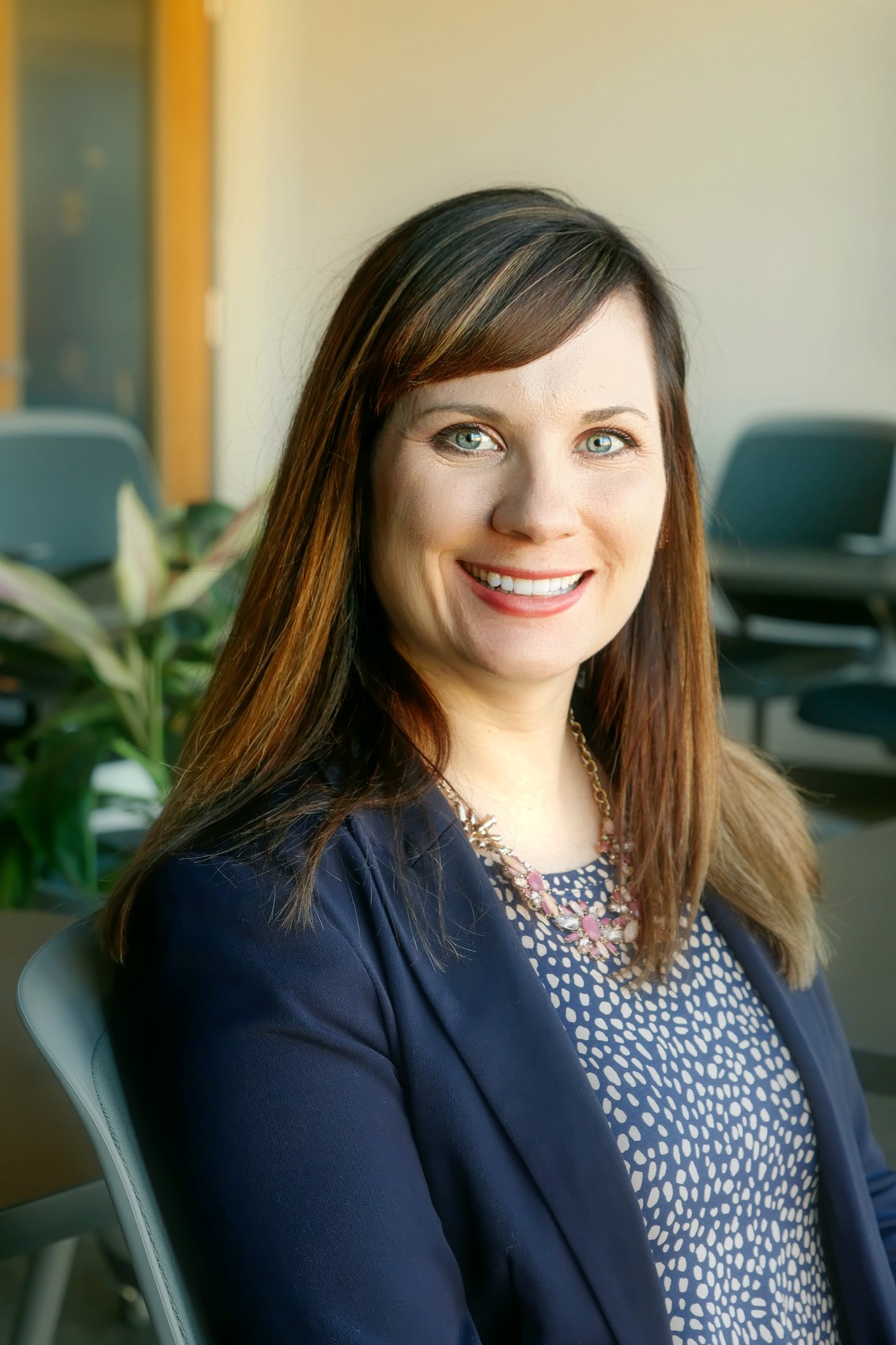I can still remember the day my little brother was born. It was a cool March day in North Dakota, and I was six years old. I remember my grandma and grandpa traveled to my family’s house around the time my mom was due to give birth. When it was ‘time’, my mom and dad headed to the hospital, and Grandma and Grandpa stayed home with me. I remember playing ‘school’ for hours with my grandma (I was always the teacher, she the student), and going to bed that night wondering if I had a sibling yet. In the morning, I woke up in a quiet house and stepped quietly into the kitchen where I found a small Polaroid snapshot sitting on the kitchen table of a little baby boy wrapped in a blanket. I had a brother! Later that morning, my dad took me to meet my new brother at the hospital.
Now, take a moment to survey what happened in your brain as you read that first paragraph. Chances are that while reading my story, your brain automatically triggered you to think of similar experiences. Perhaps you thought about when your own siblings were born, or the births of other families or friends, or perhaps even your own children. Without even making a conscious effort, your brain was connecting the story you were reading to your own life experiences, schema, and knowledge of the subject. Reading that story put your whole brain to work–and you likely didn’t even know it.
This is precisely why storytelling can be such a powerful tool in any classroom, particularly in a Christian Deeper Learning classroom. According to scientists, when we read facts from a slide presentation, or from a list of bullet points, the language centers of the brain (Broca’s area and Wernicke’s area) are activated. However, when we encounter a story (either aurally or in written form), not only do our language centers get activated, but every other part of our brain associated with those memories activates, creating much more brain activity and engagement (Paul, 2012). In fact, studies show that when two people are involved in telling a story, their brain waves actually begin to sync with each other (Widrich, 2012).
It’s no wonder Jesus spoke and taught in parables–stories! He knew our Creator intentionally designed our brains to take greater learning, meaning, and understanding from a story. How can this translate to our classrooms? Could the art of storytelling transform our students’ learning from just facts and figures to meaningful concepts and experiences?
According to the Association for Middle Level Education (Watts, n.d.), we need to tell stories in our classrooms for a few reasons. One reason is to magnify memory, which the brain research I’ve already mentioned supports. Another reason is that stories help us construct meaning; stories help us take very complicated concepts and make them a little bit easier to understand and give greater meaning to what we are learning. We also need to tell stories because they help us connect with others in deeper and more nuanced, meaningful ways. Lastly, we tell stories to carry on traditions. In a Christian school, this is vital; as we work to bestow our students with Christian faith, it is important to share our faith stories (personal stories, as well as Bible stories) so students can more fully understand the whole picture of God’s BIG story: creation, fall, redemption, and renewal.
Stories require some deeper thinking and learning of curricular concepts as well. Rudyard Kipling is credited with saying, “If history were taught in the form of stories, it would never be forgotten.” What if next time you reached for the PowerPoint of bullet points, you decided to represent information as a story instead? What if students were invited to participate in telling the story? Or writing a story instead of taking a test? What if…
Sources:
Paul, Annie M. “Your Brain on Fiction.” The New York Times, March 17, 2012. https://www.nytimes.com/2012/03/18/opinion/sunday/the-neuroscience-of-your-brain-on-fiction.html?adxnnl=1&pagewanted=all&adxnnlx=1354716276-vBCJNxgtIuIFGnU+PmkBpA&_r=0.
Watts, C. (n.d.) Beyond Once Upon A Time: Using Stories to Teach Key Concepts. Retrieved from https://www.amle.org/beyond-once-upon-a-time-using-stories-to-teach-key-concepts/.
Widrich, L. (December 5, 2012). The Science of Storytelling: Why Telling a Story is the Most Powerful Way to Activate Our Brains. Retrieved from https://lifehacker.com/the-science-of-storytelling-why-telling-a-story-is-the-5965703.




